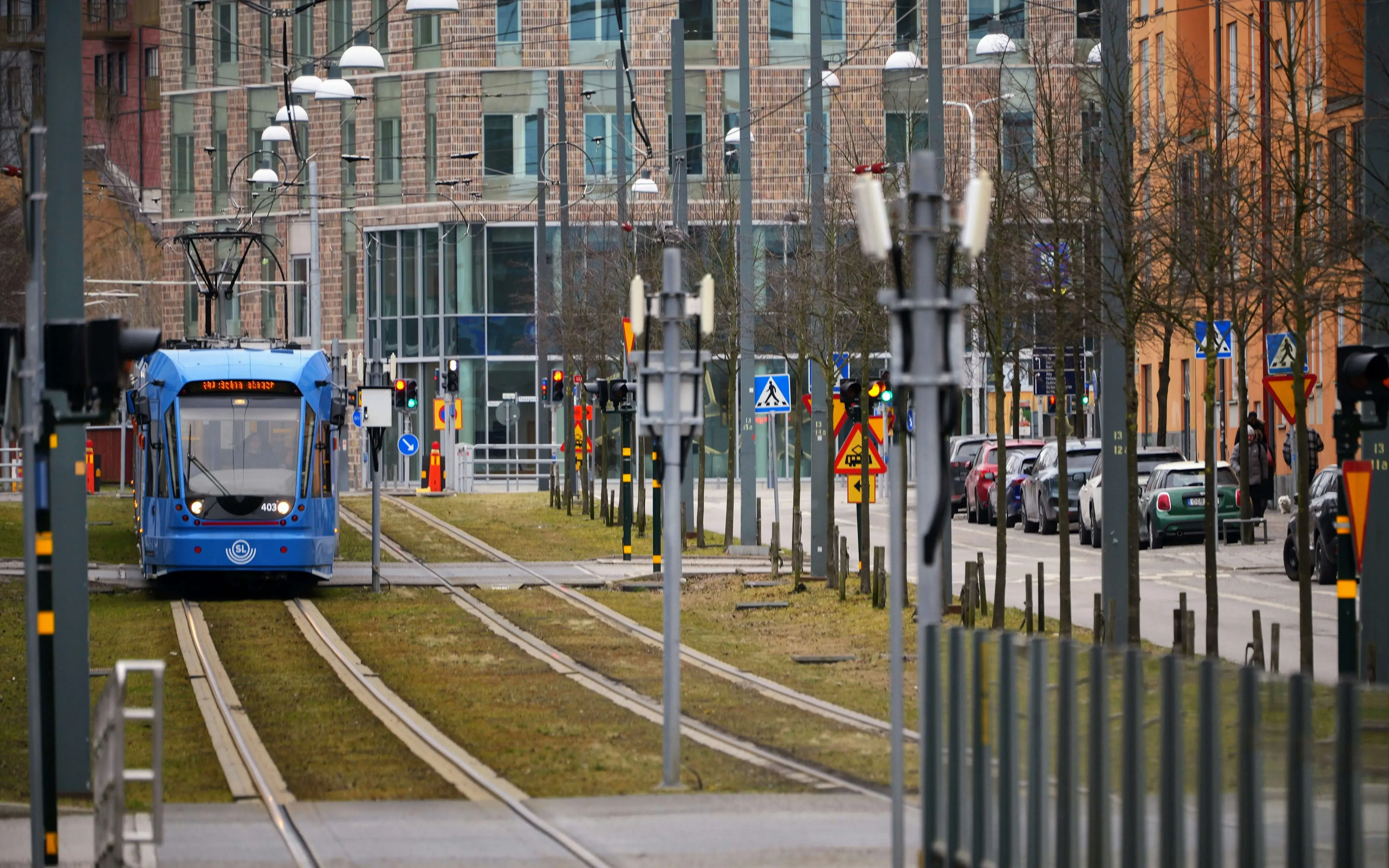
At the start of the new legislative term, let's review the challenges we will face regarding public transport in the coming years.
It is now September, and the new term begins with a significant change in the government of the Generalitat. In this context, what public transport challenges lie ahead for our country?
First, the primary challenge we must address is the increase in public transport services. In a context of record ticket validations, partly driven by public transport discount policies, we need to expand capacity across the network, particularly in rail modes, so that the system can maintain sustainable growth without collapsing. In this regard, there are many initiatives that began under the previous government and must continue: the tram connection along Diagonal Avenue, the completion of Line 9, or the introduction of new trains for Rodalies and the metro.
A second challenge to pursue during this new term is to rethink public transport beyond the Metropolitan Area. The 2023 Weekday Mobility Survey, published last July, reveals the following: within the Barcelona Metropolitan Area (AMB), public transport holds a 21.4% share, while in the rest of the Metropolitan Region (RMB), it is only 10.4%. Therefore, a second challenge is to improve public transport outside the Barcelona Metropolitan Area. This can be achieved through the promotion of new public transport infrastructure, such as the Tramcamp or other initiatives to implement the tram-train in Bages, Girona, or the Ebre Delta, as well as new bus stops and stations.
In this regard, we must also consider the 2028 scenario: what will happen to road public transport services when the current concessions expire? This will likely be one of the key issues in the coming years, and we hope the resolution will address the limitations imposed by the current system. Closely tied to this issue is the funding of public transport and the changes in fare policy that will come with the implementation of T-mobility throughout Catalonia, which will undoubtedly be revolutionary, just as the fare integration of all public transport systems in the Barcelona area was more than 20 years ago.
Moreover, we cannot forget one of the most frequently discussed topics in the media related to public transport: the transfer of the Rodalies commuter rail service. At the Association for the Promotion of Public Transport (PTP), we remain firm in our long-held stance: we believe that managing the service locally could be beneficial for users, but it must be a transfer conducted responsibly, ensuring that the change improves citizens' mobility without compromising the current investment efforts being made by the central government as part of the Rodalies Plan, which will reach its halfway point next year.
In summary, all the challenges mentioned must be aimed at improving the public's perception of public transport. This involves enhancing comfort, reliability, travel time, and service hours. In short, it means improving the user experience of this public service.



Add new comment